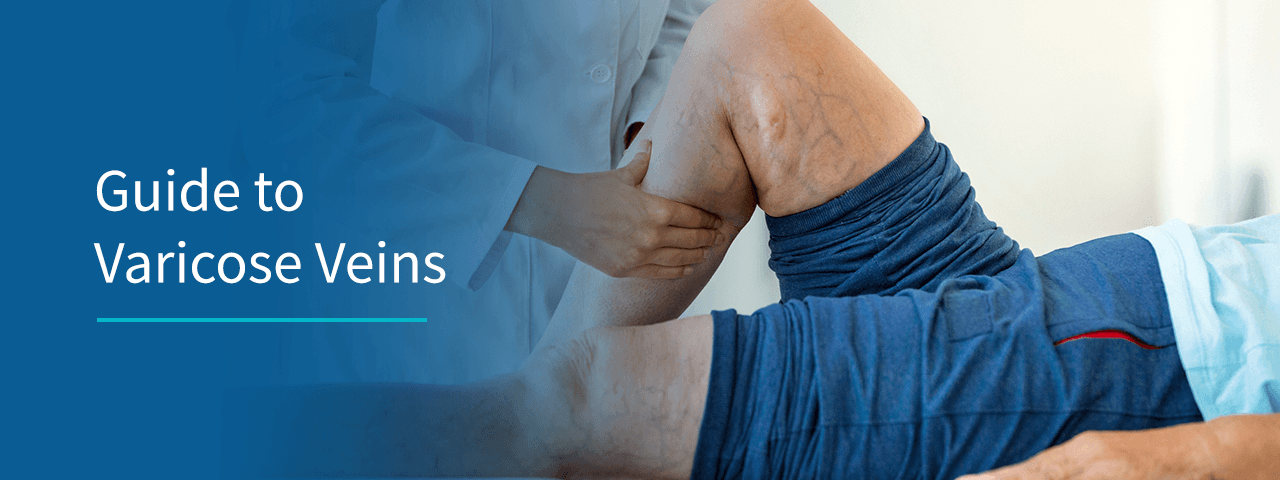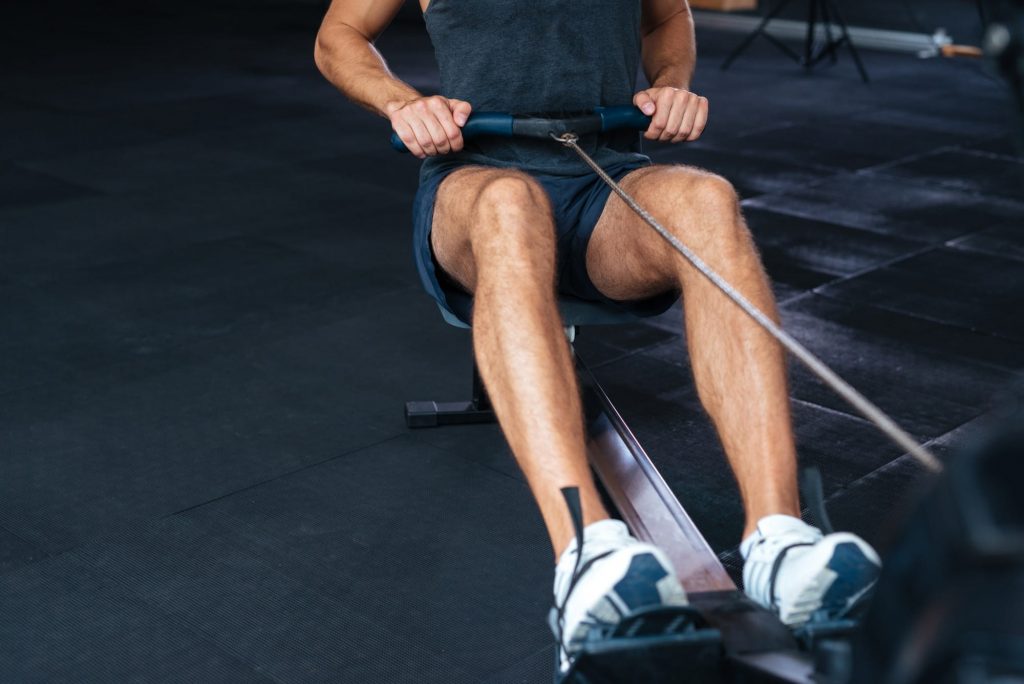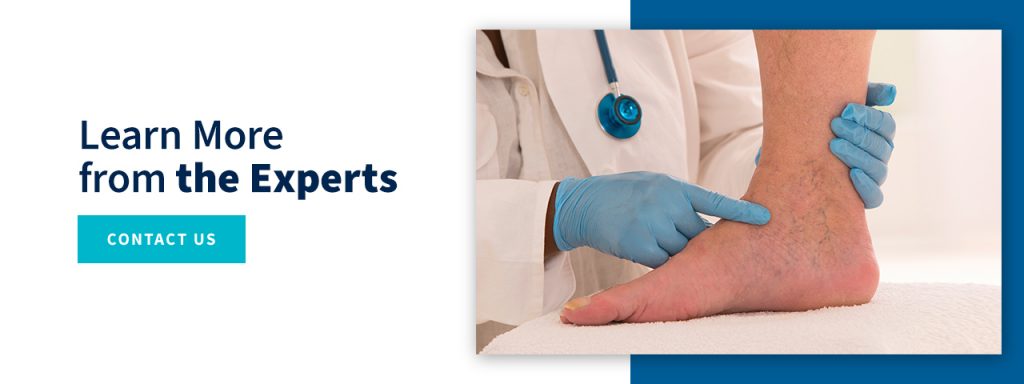
People have a lot of misconceptions about varicose and superficial (spider) veins, and there are a lot of facts people do not know about these conditions. Dr. John D. Horowitz, a leading vascular doctor in Orlando and founder of Central Florida Vein & Vascular Center, dispels some myths and shares some information on varicose and superficial veins that may surprise you.
Varicose veins aren’t merely an unsightly nuisance or otherwise cosmetic concern. The most dangerous thing to do is to simply ignore them as unimportant. But the truth is that varicose veins can contribute to several serious medical conditions. In fact, varicose veins can lead to blood clots, deep vein thrombosis, and additional circulation issues. At least the good news in this area is that because they are a medical concern, medical insurance typically covers the treatment.
Who gets varicose veins? According to the American Society for Vascular Surgery, approximately 80 million Americans suffer from them. As you might have guessed, women are more susceptible than men, with incidence rates of 33% and 17%, respectively. Older people are more likely to develop varicose veins, but they can occur in adults of all ages.
Keeping active is a good thing. Standing or sitting for long periods, not so much, though. When the legs are kept still for too much time, it can lead to a weakening of the vein walls, which, in turn, can cause venous insufficiency, a condition in which the veins can’t pump blood well enough, and varicose veins. That being said, there are certain sports that put great demands on the legs, such as weightlifting and cycling, so don’t think that being highly active makes you invulnerable to this condition.
Those extra pounds from being obese, or pregnant, actually play a big role in venous insufficiency. The increased weight puts more strain on the veins, making their job that much harder and, ultimately, leading to varicose veins in many cases. What’s more, the hormonal changes that happen during pregnancy can compound the situation.
Think your daily running routine excludes you from being susceptible to varicose veins? Think again. Even in-shape athletes can get them, and varicose veins can have an impact on both stamina and performance. What’s more, certain types of exercise actually can increase the likelihood of occurrence because of the added stress (like weightlifting) or repetitiveness (such as cycling).

Generally, exercise helps ease the discomfort caused by existing varicose veins while decreasing the chance of developing additional ones. Simple exercises can help to improve circulation and muscle tone. Of course, exercises that target the calves are particularly helpful in lowering the risk of developing new varicose veins. In addition, regular exercise is beneficial in battling hypertension and promoting overall circulatory-system health.
Did you know there’s a link between varicose veins and constipation? Without going into too much detail, know that all the extra straining on the pelvic and leg area muscles can weaken the veins there. So if constipation is an issue for you, be on guard for varicose veins.
Perhaps the most prevalent misconception is that crossing your legs and/or wearing high heels causes venous deficiency and, therefore, varicose veins. A quick search on the Internet shows that many doctors continue to dole out this erroneous piece of information, although it’s never been proven that leg crossing causes varicose veins, and there simply is no scientific evidence to support that point of view (this also is a particularly salient object lesson about getting any medical information primarily from the Web). While crossing one’s legs may increase the pressure in the leg veins, for varicose veins to occur, one would have to already have compromised veins and/or valves in the leg veins. The myth that crossing your legs causes many types of circulatory problems despite strong and growing evidence that the activity actually promotes circulation, as a number of well-designed studies have indicated that crossing your legs while sitting reduces blood stagnation and pooling.
It may or may not be your parents’ fault that you have varicose veins. True, there is a genetic predisposition toward venous deficiency; a certain genetic flaw permits stretching of the vein wall and makes faulty valve more likely to occur, which typically result in varicose veins and superficial veins. While occurring prominently in whites (perhaps up to 60% of the white population according to some studies), Hispanics and Asians, this genetic flaw is less prominent in blacks. But the key point to remember is that there are a lot of other factors that contribute to and/or cause varicose veins and spider veins.
Varicose and superficial (or spider) veins are two entirely different things. Varicose veins are enlarged veins that can be flesh-colored, blue, or red and typically twisted and swollen and with a cord-like appearance. Often swollen and raised, varicose veins usually occur on the thighs, calves and insides of the leg (and in the vaginal and buttock areas during pregnancy). Superficial veins are somewhat like varicose veins – they also can be red or blue, and are close to the skin. Their branching effect, which oftentimes resembles a spider’s web, gives them the spider name. In addition to occurrences on the legs, they also can be located on the face and can cover either a very small or very large area. Varicose and superficial veins have different causes – varicose veins can be caused by weak or damaged valves in the veins; these valves function as one-way flaps to prevent blood from flowing backwards as it moves through the legs. When valves become weak, blood can leak backward into the veins and pool, which is called venous insufficiency. The backed-up blood enlarges the veins and they can become varicose. Superficial veins also can be caused by the backup of blood, but this typically is caused by hormone changes, exposure to the sun, or injury, and is not nearly as serious.
Cosmetic conditions do not have any ill effects in and of themselves; think wrinkles, gray hair, and large noses. But, by definition, medical conditions cause negative symptoms, and varicose veins most definitely are a medical condition. Symptoms related to varicose veins include bleeding, pain, swelling, cramping and ulcerations – just to name a few. If you have varicose veins, you need to seek medical treatment.
Don’t assume your gender puts you in the clear – men can develop varicose veins, too. Recent studies have shown that varicose veins can affect guys just as often. Perhaps it just seems that men rarely have varicose veins because their legs often are covered with clothing or hair. The bottom line is that the condition is just as serious for either sex. Men of all ages need to check regularly for varicose veins and seek treatment when they find them.

Because of advances in medical technology around vein treatments, treating venous disorders is much better than it was in the past. New same-day procedures are safe, minimally invasive, virtually painless and have a speedy recovery time, such as endovenous laser treatment (ELVT) and ultrasound-guided foam sclerotherapy (UGS). So if you have varicose veins, take care of yourself and let Central Florida Vein and Vascular Center take care of you.